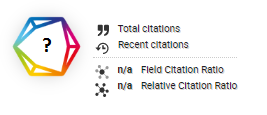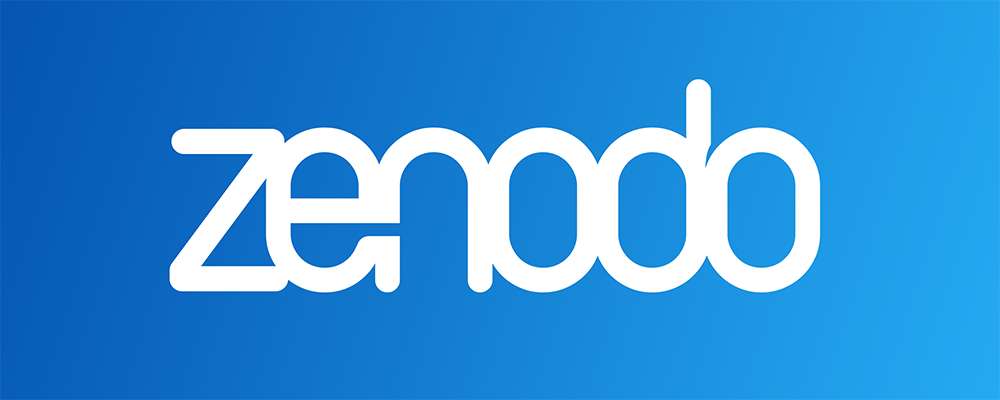PROFIL EFEKTIVITAS PLATFORM BLENDED LEARNING BERBASIS TKP-KELASE PADA PEMBELAJARAN MATEMATIKA
DOI:
https://doi.org/10.46984/sebatik.v25i2.1463Keywords:
Efektivitas, Platform, Blended learning, TKP-Kelase, MatematikaAbstract
Penelitian ini bertujuan untuk mengetahui profil efektivitas platform blended learning berbasis TKP (Tri Kaya Parisudha)-Kelase pada pembelajaran Matematika. Penelitian ini adalah jenis penelitian deskriptif kualitatif. Pada tahap pelaksanaan kegiatan, hal-hal yang dilakukan meliputi: pemilihan subjek dilakukan secara acak dengan mempertimbangkan tingkat kemampuan Matematika yang diukur dengan memperhatikan skor hasil tes Matematika; melaksanakan pembelajaran menggunakan platform blended learning berbasis TKP-Kelase dan wawancara pada subjek; dan melakukan triangulasi data. Hasil penelitian ini menemukan bahwa profil efektivitas platform blended learning berbasis TKP-Kelase pada pembelajaran Matematika memenuhi standarisasi pada 3 kategori yaitu Kriteria Pendidikan (Educational Criteria), Tampilan Program (Cosmetic), dan Kualitas Teknis (Technique Quality). Adapun profil efektifitas nya adalah: Topik-topik materi untuk setiap jenjang pendidikan SMA/SMK yang dimasukkan dalam blended learning sudah sesuai dengan kurikulum 2013 (EC1); Materi pembelajaran Matematika sudah tersusun dari tingkat kesulitan terendah sampai dengan tertinggi (EC2); Konsep Manacika, Wacika, dan Kayika sudah mampu menginternalisasi dalam proses pembelajaran melalui fitur-fitur yang disediakan dalam blended learning yang dibuat dengan platform kelase (EC3, EC4, dan EC5); Tampilan blended learning menarik (C1); Blended learning mudah diakses (C2); Penyimpanan data pada blended learning stabil (C3); Keamanan data terjaga (C4); Dapat digunakan oleh multi user dalam waktu bersamaan (C5); Fitur-fitur blended learning yang dibuat menggunakan platform Kelase mudah dioperasikan (TQ1); Blended learning menyediakan fasilitas yang memudahkan untuk mengunggah tugas (TQ2); Blended learning menyediakan fasilitas forum diskusi antara siswa dengan guru, siswa dengan siswa (TQ3).
References
Arifin, Z., Febriani, S.R., & Anasruddin. (2021). Using Bloom’s Taxonomy in Arabic Learning Media to Elevate Students’ Writing in COVID-19 Situation. Jurnal Ilmiah Program Studi Pendidikan Bahasa Arab IAIN Palangka Raya, 9(1), 1–12.
Babakr, Z.H., Mohamedamin, P., & Kakamad, K. (2019). Piaget’s Cognitive Developmental Theory: Critical Review. Education Quarterly Reviews, 2(3), 517–524.
Busto, S., Dumbser, M., & Gaburro, E. (2021). A Simple but Efficient Concept of Blended Teaching of Mathematics for Engineering Students During the COVID-19 Pandemic. Education Sciences 11(2), 1–24.
Dolighan, T., & Owen, M. (2021). Teacher Efficacy for Online Teaching during the COVID-19 Pandemic. Brock Education: A Journal of Educational Research and Practice, 30(1), 95–116.
EL-Ariss, B., Zaneldin, E., & Ahmed, W. (2021). Using Videos in Blended E-Learning for a Structural Steel Design Course. Education Sciences, 11(290),1–18.
Green, R.A., & Whitburn, L.Y. (2016). Impact of Introduction of Blended Learning in Gross Anatomy on Student Outcomes. Anatomical Sciences Education, 9(5):422–430.
Helsa, Y., & Kenedi, A.K. (2019). Edmodo-Based Blended Learning Media in Learning Mathematics. Journal of Teaching and Learning in Elementary Education, 2(2), 107–117.
Hillman, T., Rensfeldt, A.B., & Ivarsson, J. (2020). Brave New Platforms: A Possible Platform Future for Highly Decentralised Schooling. Learning, Media and Technology, 45(1), 7–16.
Huang, C.H. (2021). Using PLS-SEM Model to Explore the Influencing Factors of Learning Satisfaction in Blended Learning. Education Sciences, 11(5), 1–17.
Khan, S., Jaffery, M.H., Hanif, A., & Asif, M.R. (2017). “Teaching Tool for a Control Systems Laboratory Using a Quadrotor as a Plant in MATLAB. IEEE Transactions on Education, 60(4), 249–256.
Land, S.C., & Booth, D. (2020). Systematic Review and Meta-Analysis as a Structured Platform for Teaching Principles of Experimentation. Advances in Physiology Education, 44(3), 276–285.
Lee, T., An, J., Sohn, H., & Yoo, I.T. (2019). An Experiment of Community-Based Learning Effects on Civic Participation. Journal of Political Science Education, 15(4), 443–458.
Lee, Z.W., & Yeong, F.M. (2020). Online Conferencing Platform Provides Opportunity for Reciprocal Teaching. Biochemistry and Molecular Biology Education, 48(5), 471–472.
Muhtia, A, Suparno, & Sumardi. (2018). Blended Learning Using Schoology as an Online Learning Platform. ELLiC Proceedings, 2, 171–175.
Simsek, M., & Yazici, N. (2021). Examining the Digital Learning Material Preparation Competencies of Pre-Service Mathematics Teachers. Participatory Educational Research, 8(3), 323–343.
Sugiharni, G.A.D. (2018). Pengujian Validitas Konten Media Pembelajaran Interaktif Berorientasi Model Creative Problem Solving. Jurnal Penelitian dan Pengembangan Pendidikan, 2(2), 88–95.
Sulisworo, D., Agustin, S.P., & Sudarmiyati, E. (2016). Cooperative-Blended Learning Using Moodle as an Open Source Learning Platform. International Journal of Technology Enhanced Learning, 8(2), 187–198.
Wang, L., Zhen, Z., Wo, T., Jiang, B., Sun, H., & Long, X. (2020). A Scalable Operating System Experiment Platform Supporting Learning Behavior Analysis. IEEE Transactions on Education, 63(3), 232–239.
Wijanayu, A., Hardyanto, W., & Isnaeni, W. (2018). Blended Learning Method Based on Quipper School to Improve Concepts Understanding and Independence Learning. Journal of Primary Education, 7(1), 88 –95.
Downloads
Published
How to Cite
Issue
Section
License
Authors retain all their rights to the published works, such as (but not limited to) the following rights; Copyright and other proprietary rights relating to the article, such as patent rights, The right to use the substance of the article in own future works, including lectures and books, The right to reproduce the article for own purposes, The right to self-archive the article








